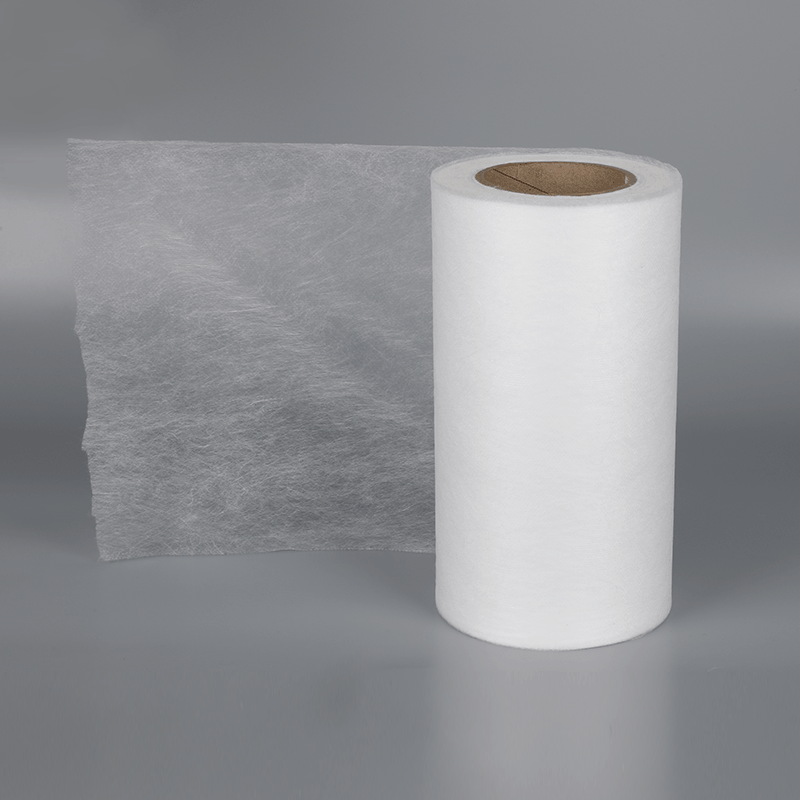Bi-Component Nonwoven Fabrics
Bi-component nonwoven fabrics are a type of nonwoven that is made from two different polymers. Each of the two polymers has unique chemical and physical properties. The combination of these two characteristics results in an improved and more durable fabric. A bicomponent nonwoven is a versatile material, suitable for a variety of applications. For example, it can be used to make towels, absorbent bandages, adult incontinence products, and feminine hygiene products.
The growth of the market for bicomponent nonwoven has been driven by a number of factors, including the increasing demand for nonwoven fabrics. The market is also expected to grow in the future due to an increase in the use of recyclable fabrics. In addition, there are several advantages that bicomponent nonwoven fabrics offer over traditional products, such as durability, comfort, and abrasion resistance.
The properties of the individual components of bicomponent fiber, such as their crystallinity, are studied by means of differential scanning calorimetry (DSC). In particular, bicomponent nonwovens are manufactured using multifilament fibers with sheath/core configurations. These multifilament fibers can have circular or multilobular cross-sections. They are produced using a pilot-scale melt-spinning machine. Once they are produced, they can be thermally consolidated in a calendar.
One of the main advantages of a bicomponent nonwoven is its resistance to abrasion and odors. These properties are largely dependent on the bonding between the composite regions. As a result, bicomponent nonwovens are usually used for thermo-bonded nonwoven materials.
In addition, these fabrics provide the user with increased flexibility and bulkiness. Moreover, bicomponent fibers are useful in manufacturing textured yarns. Another advantage of bicomponent fibers is their unique chemical and physical properties. This allows them to be used in a variety of applications, such as industrial filter media.
Bicomponent nonwovens can be made using a variety of processes. However, the process involves several steps. First, the polymer melts, which forms a starting material for the fibers. From there, the fibers are spun at a relatively high speed. Next, the fibers are joined together. Depending on the polymer, they may have different melting points.
As a result, the fabric's thermal stability varies. It has been estimated that the thermal stability of a spun-bonded nonwoven is about 61% of the initial value. Moreover, the specific tear strength of the fabric is also quite good, owing to its elasticity.
When it comes to the manufacturing process, bicomponent fibers are typically bonded with other types of fibers to form a composite. Generally, this fiber has polypropylene as the first component, a cellulose polymer as the second component, and a flammable additive as the third component.
The specific tear strength of a spun-bonded nonwoven is mainly determined by the bonding of the polymers, the fibers, and the strength of the fiber connections. However, in addition, targeted adjustment of the mobility of the fibers is required to produce a spun-bonded fabric.
While there are many different applications for bicomponent nonwovens, the most common are in the hygiene sector. Their unique properties allow them to be used in adult incontinence products, wound care, and wipes.

